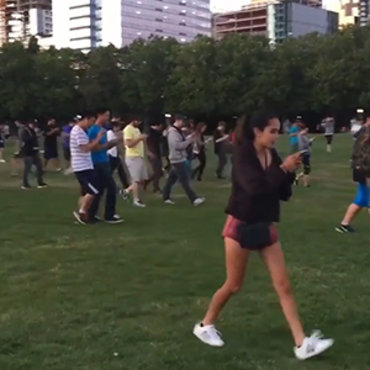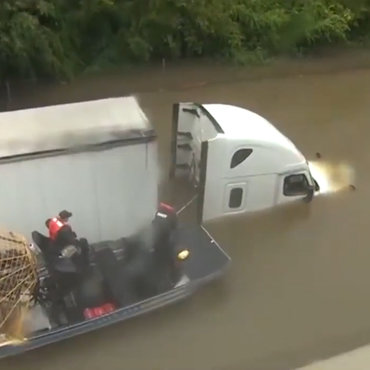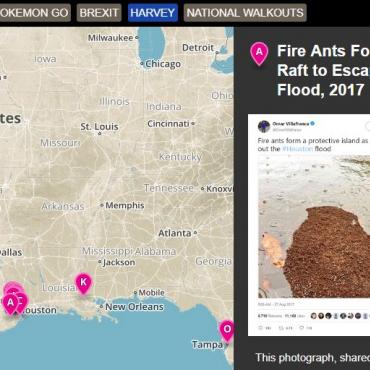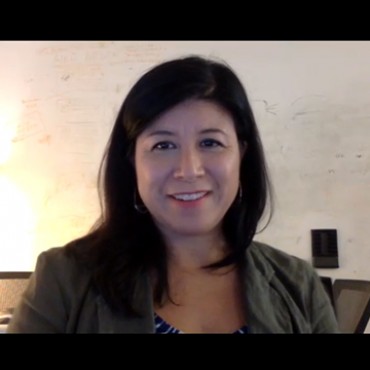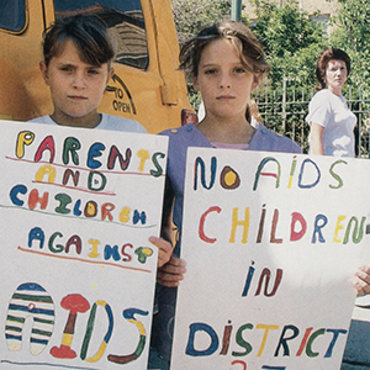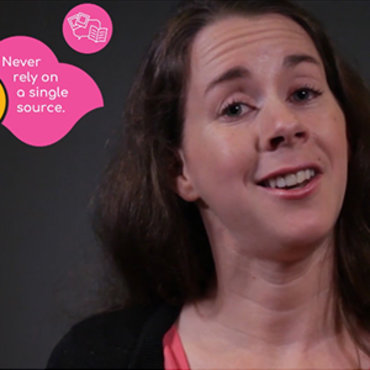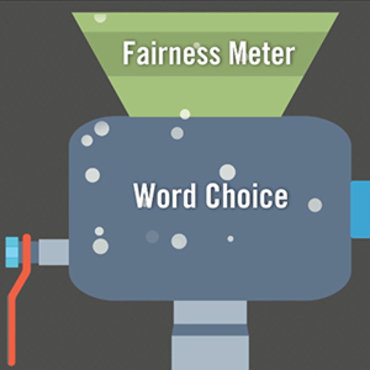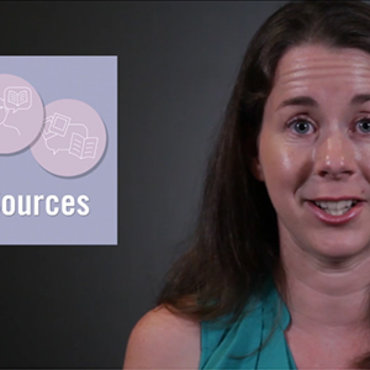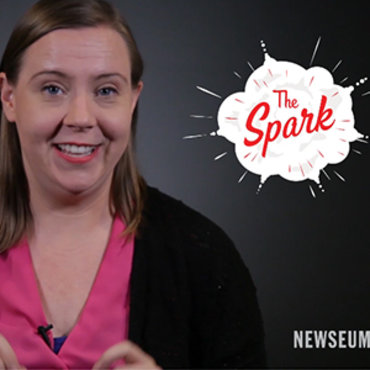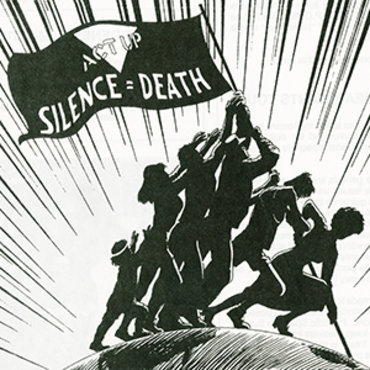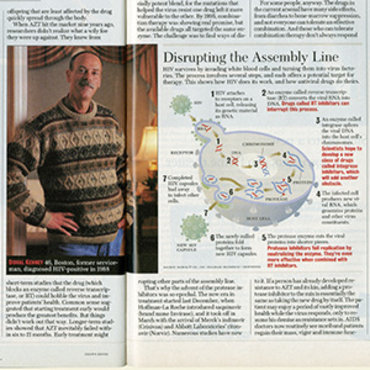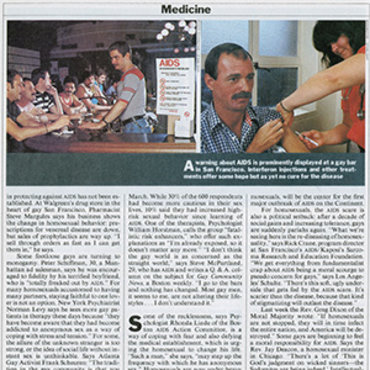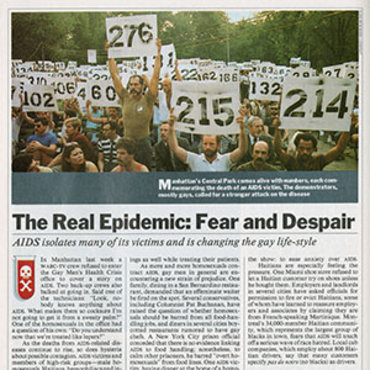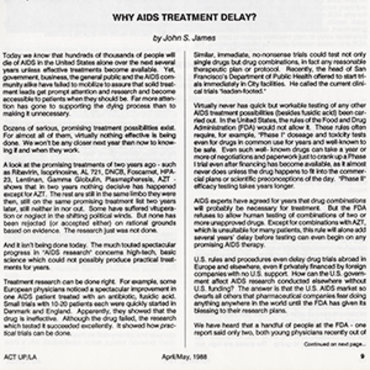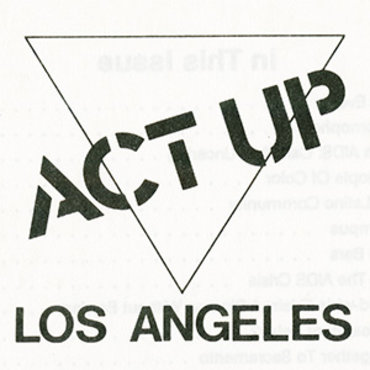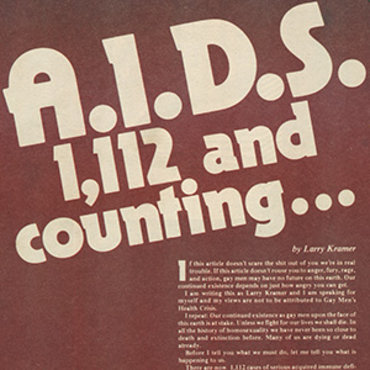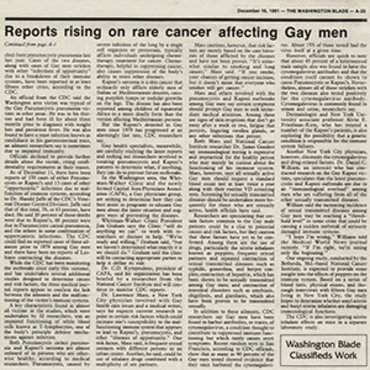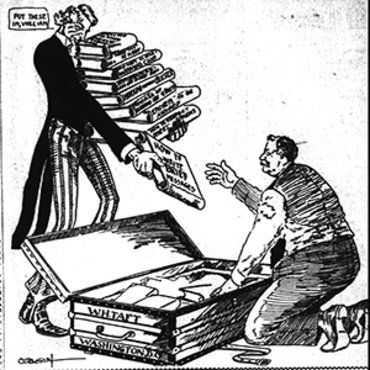
Reporting Part III: Staying Objective
With their new awareness of how to analyze fairness and check for their own biases, students zero in on a contentious topic and test their own abilities to be objective and evaluate objectivity in others.
Get even more great free content!
This content contains copyrighted material that requires a free NewseumED account.
Registration is fast, easy, and comes with 100% free access to our vast collection of videos, artifacts, interactive content, and more.
NewseumED is provided as a free educational resource and contains copyrighted material. Registration is required for full access. Signing up is simple and free.
With a free NewseumED account, you can:
- Watch timely and informative videos
- Access expertly crafted lesson plans
- Download an array of classroom resources
- and much more!
- Current Events
- Journalism
- Media Ethics
- 7-12
- College/University
Are your students savvy searchers? Can they spot the difference between a straight news article and an opinion piece? Do they recognize bias in their sources … or in themselves?
You are in one of Fact Finder: Your Foolproof Guide to Media Literacy’s 11 flexible, multimedia lesson plans to tackle these challenges. Eight skill-building lesson plans introduce essential media literacy concepts through engaging explainer videos and colorful infographics that help students revisit, retain and apply the key concepts. The accompanying News or Noise? Media Map provides a collection of examples ready for students to analyze and evaluate with the support of worksheets and discussion prompts. Three reporting lesson plans help students take what they’ve learned and apply it to their own content creation, inspired by the issues that matter to them.
Adapting Fact Finder for Your Classroom
FROM KEY IDEAS TO COMPLETE CURRICULUM
Polish one particular skill or take your students on a comprehensive journey from news novices to media masters. We designed this suite of 11 lesson plans and their corresponding resources to be used either as a complete curriculum or individually. There’s also flexibility within each lesson plan to complete the whole thing or choose individual resources and smaller activities.
Building New Skills and Ideas
Each lesson plan’s format is inspired by the 5-E’s constructivist instructional model (engage, explore, explain, elaborate, evaluate). For students new to media literacy or news consumption, the opening “engage” activity along with the explainer video and infographic may be enough to build their awareness of key concepts. More advanced students can put these concepts into action as they navigate the News or Noise? map with the help of worksheets to guide their application. Those who have already developed their media savvy can still be challenged to elaborate by applying the infographic tips and methods to the boundless content available online.
A Cross-Disciplinary, Standards-Driven Toolbox
No matter what subject you teach, bringing elements of media literacy and journalism into your curriculum can benefit your students and help you meet standards, including Common Core requirements for analyzing sources, creating content and using non-print texts. Media literacy empowers students to conduct better research and make better arguments, whether the topic is the Civil War or the biological impact of GMOs.
The challenges today’s media landscape poses for our students — and for all of us — can be daunting. But we hope this collection of content provides an approachable way to help your students hone their ability to find quality content and begin creating their own to share with the world.
— The NewseumED Team
- Tell your class they’re going to put into action what they’ve learned about fair journalism. Brainstorm a list of contentious topics your students are interested in or care about. These topics could be as light or heavy as you feel is appropriate for your group — from rival pop stars to political debates. Make connections to or extend from topics covered in the earlier reporting lesson plans if possible.
- Zero in on one topic that the class feels is worthy of further exploration. For this one topic, brainstorm different opinions people have on this topic, why it is controversial and where you could go to learn more.
- Tell students they are all going to write articles about this topic, with the goal of making their articles as fair as possible, while also making them interesting and informative. To prepare for this process, go over the Am I Being Fair tipsheet graphic and have students talk through applying the four strategies to your chosen topic.
- Distribute the Staying Objective worksheet as a guide to help them get started working individually. Give students a deadline for turning in their reports, just as real reporters must complete their work in a set amount of time.
- After students have completed a draft of their article, have them pair and share their work. They should trade articles and evaluate their peer’s work using the Is It Fair? tipsheet and, if desired, the accompanying worksheet from the Is It Fair? lesson plan. Students should then revise their stories based on their peer’s feedback and share them with the class via your chosen publication platform.
- As a class, discuss the final articles they’ve produced, using the questions below to guide the conversation.
- If desired, have students revise their work based on your class discussion and then share the collection of revised articles beyond your classroom, with fellow students or in the community.
- Staying Objective worksheet (in lesson plan download), one per student or small group
- Am I Being Fair? and Is It Fair? tipsheets (download), one per student or small group
- A Google site, blog, or desktop publisher to create a “publication” that will showcase student articles
- What was the most challenging part of writing a fair article about this topic?
- Which of the four Am I Being Fair? strategies was the most helpful? The least? Why?
- Did focusing on being fair — in other words, not being able to exaggerate things or make an argument — make it harder to write an interesting article?
- Which articles stand out to you, and why?
- What have you learned from reading these articles?
- With whom (other than your peers in this class) would you like to share this content? Why?
-
Common Core State Standards: CCSS.ELA-LITERACY.CCRA.W.2
Write informative/explanatory texts to examine and convey complex ideas clearly and accurately through the effective selection, organization, and analysis of content. -
Common Core State Standards: CCSS.ELA-LITERACY.CCRA.W.6
Use technology, including the Internet, to produce and publish writing and to interact and collaborate with others. -
Common Core State Standards: CCSS.ELA-LITERACY.CCRA.W.7
Conduct short as well as more sustained research projects based on focused questions, demonstrating understanding of the subject under investigation. -
Common Core State Standards: CCSS.ELA-LITERACY.CCRA.W.8
Gather relevant information from multiple print and digital sources, assess the credibility and accuracy of each source, and integrate the information while avoiding plagiarism.
-
ISTE: 6b. Creative Communicator
Students create original works or responsibly remix digital resources. -
ISTE: 6d. Creative Communicator
Students publish or present content that customizes the message and medium for their intended audiences. -
ISTE: 7c. Global Collaborator
Students contribute constructively to project teams, assuming various roles and responsibilities to work effectively toward a common goal.
-
National Council of Teachers of English: NCTE.7
Students conduct research on issues and interests by generating ideas and questions, and by posing problems. They gather, evaluate, and synthesize data from a variety of sources (e.g., print and non-print texts, artifacts, people) to communicate their discoveries in ways that suit their purpose and audience. -
National Council of Teachers of English: NCTE.8
Students use a variety of technological and information resources (e.g., libraries, databases, computer networks, video) to gather and synthesize information and to create and communicate knowledge.
